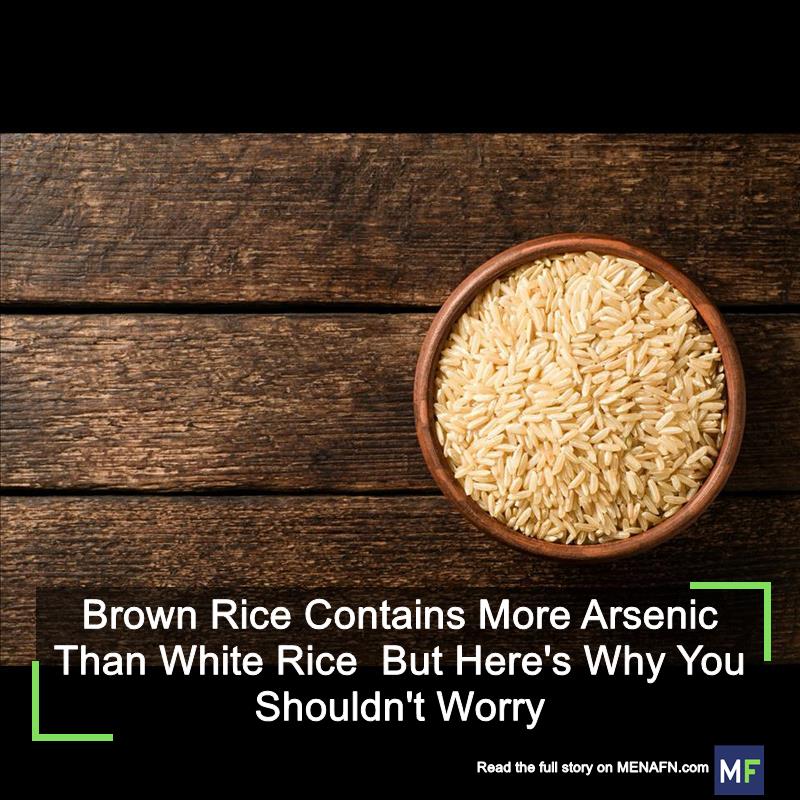
Brown Rice Contains More Arsenic Than White Rice But Here's Why You Shouldn't Worry
To understand the issue, it helps to remember an old principle from toxicology: the dose makes the poison. In other words, harmful substances can be harmless – or even beneficial – at low enough doses.
Arsenic, while dangerous in high amounts, is naturally found in soil and water and can show up in many foods, including rice.
The new study makes this very clear: the amount of arsenic in brown rice is far below any level considered risky for human health. What matters is both how much is present and how often it is consumed.
For most people, the exposure from eating brown rice is minimal and not something to worry about.
Despite the study's reassuring conclusion, some news outlets ran with scary headlines. Such as : Toxic metal linked to cancer, autism found in brown rice as scientists say it's time to rethink healthy option. And : Think brown rice is healthier than white rice? Study finds high level of carcinogen in brown rice in the US.
Pesticides, preservatives, trace metals – all can sound scary out of context. But for most people, the health risks don't come from what's in our food in tiny amounts – they come from our everyday choices.
What we should be worried aboutIn countries like the UK, less than one in 1,000 people follow all aspects of national dietary guidelines . That means most people aren't eating enough fruit, vegetables and whole grains – and that's a much bigger problem.
In fact, poor diet is a bigger cause of illness and early death worldwide than smoking or alcohol. Two of the top dietary risk factors? Eating too much salt and not enough whole grains .
Cardiovascular disease, the world's leading cause of death for decades, kills around 20 million people each year . During the COVID pandemic, it remained deadlier than the virus itself. One of the simplest ways to reduce your risk of cardiovascular disease is to eat more whole grains.
A poor diet kills more people than smoking or alcohol. Rimma Bondarenko/Shutterstock
So while it's true that brown rice has more arsenic than white rice, not eating brown rice (or other whole grains) may pose a greater health risk. (Other whole grains options to choose from include: oats, quinoa, barley and whole wheat pasta and bread.)
If you're fortunate enough to have choices about what to eat, take a moment to reflect on how your habits align with national dietary guidelines. If you're already eating well, great – keep it up. If not, start small: swap in a few whole grains and reduce your salt intake.
And if you're still not convinced about brown rice, that's OK. Choose another whole grain that works for you. Just don't let a misunderstood detail about arsenic scare you away from one of the most positive foods choices you can make.

Legal Disclaimer:
MENAFN provides the
information “as is” without warranty of any kind. We do not accept
any responsibility or liability for the accuracy, content, images,
videos, licenses, completeness, legality, or reliability of the information
contained in this article. If you have any complaints or copyright
issues related to this article, kindly contact the provider above.


















Comments
No comment